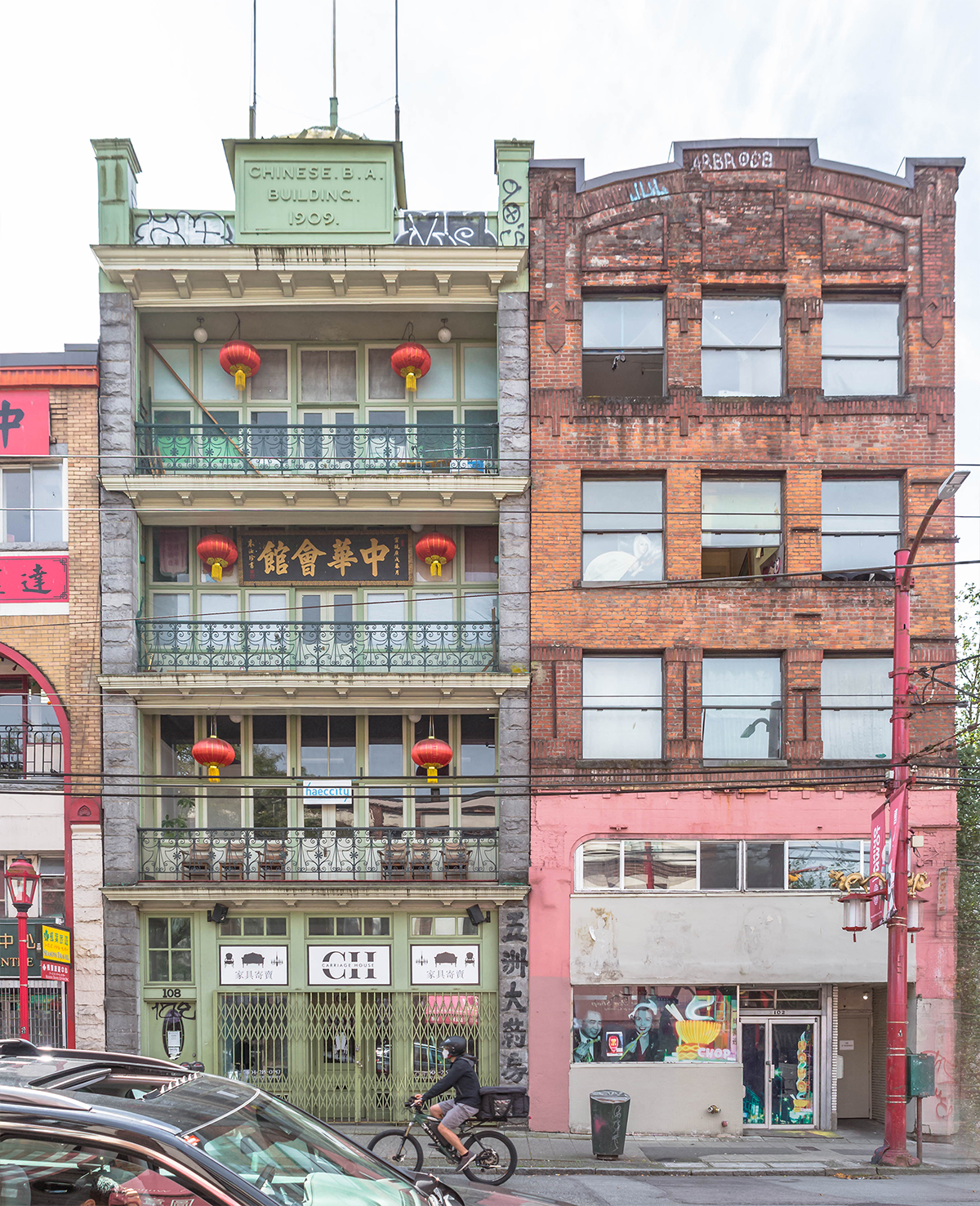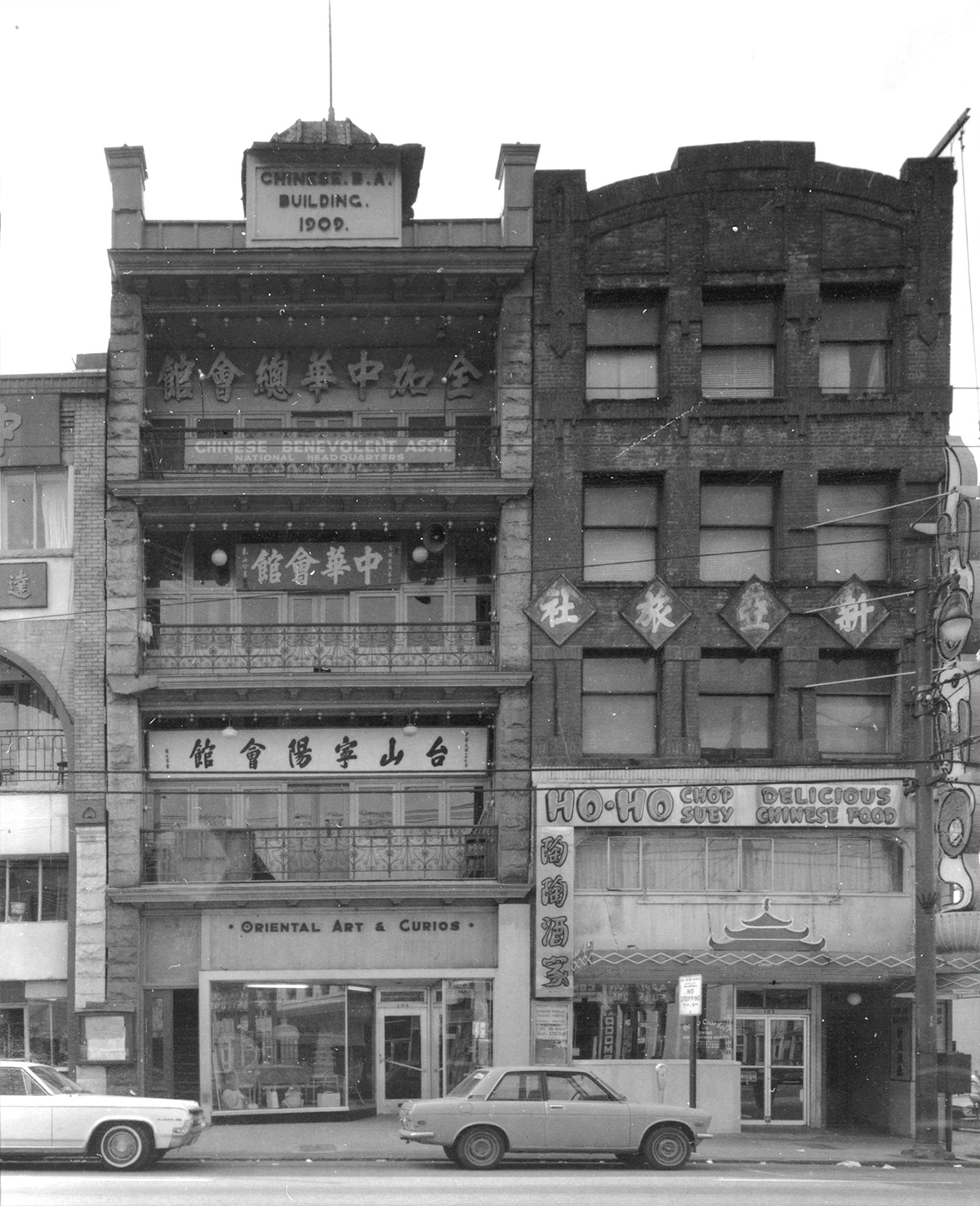Despite the ever-growing forest of towers and townhouses slowly engulfing the city, there are still a few buildings here and there that have survived the wrecking ball. I’ve spent these last few months of solitary confinement combing through Vancouver’s photo archives looking for some evidence that Vancouver actually did have an architectural past. Not a glorious, castles-and-chateaus kind of past like some places, but a good solid century of civilization.
I have found quite a few buildings and landmarks that are still recognizable today, and have lined them up with a current photograph from the same location. At least I’ve tried to. It’s hard to accurately replicate the location, height, and focal length of the original shot, so in many cases the perspectives are a little off. One thing I’ve noticed: there are a hell of a lot more trees now than there were then, and they get in the way of a lot of my shots!
Here are a few, and I will continue adding more as long as I’m allowed outside. (If you didn’t figure it out already, you can use the slider to swipe between the old and new images.) My thanks to the City of Vancouver Archives, the Vancouver Heritage Foundation, and a number of blogs that have chronicled the history of these structures much better than I have.
Note: The pictures are quite big and it might take a moment for them to show up on your phone, so just be patient.
Added November 18, 2020.
1855 Vine, 1978 and 2020.
I have walked by this apartment building numerous times and have always wondered about its background. I assumed it used to be a bank, even though it’s not on a major street. After a little digging, I found some information about it. It was built as a church in 1911, and eventually became the Vancouver Indian Centre when this photo was taken in the 1970s. Today it is a collection of multi-million dollar condos.
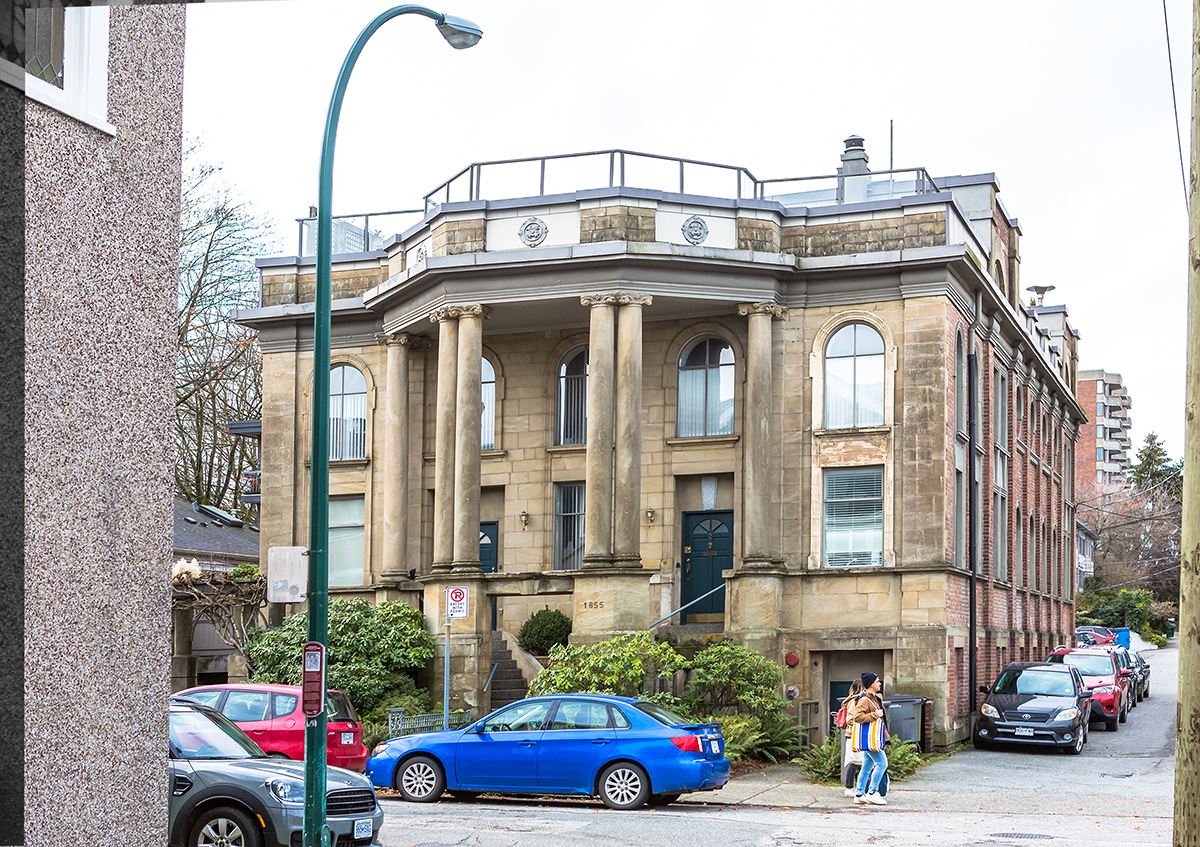
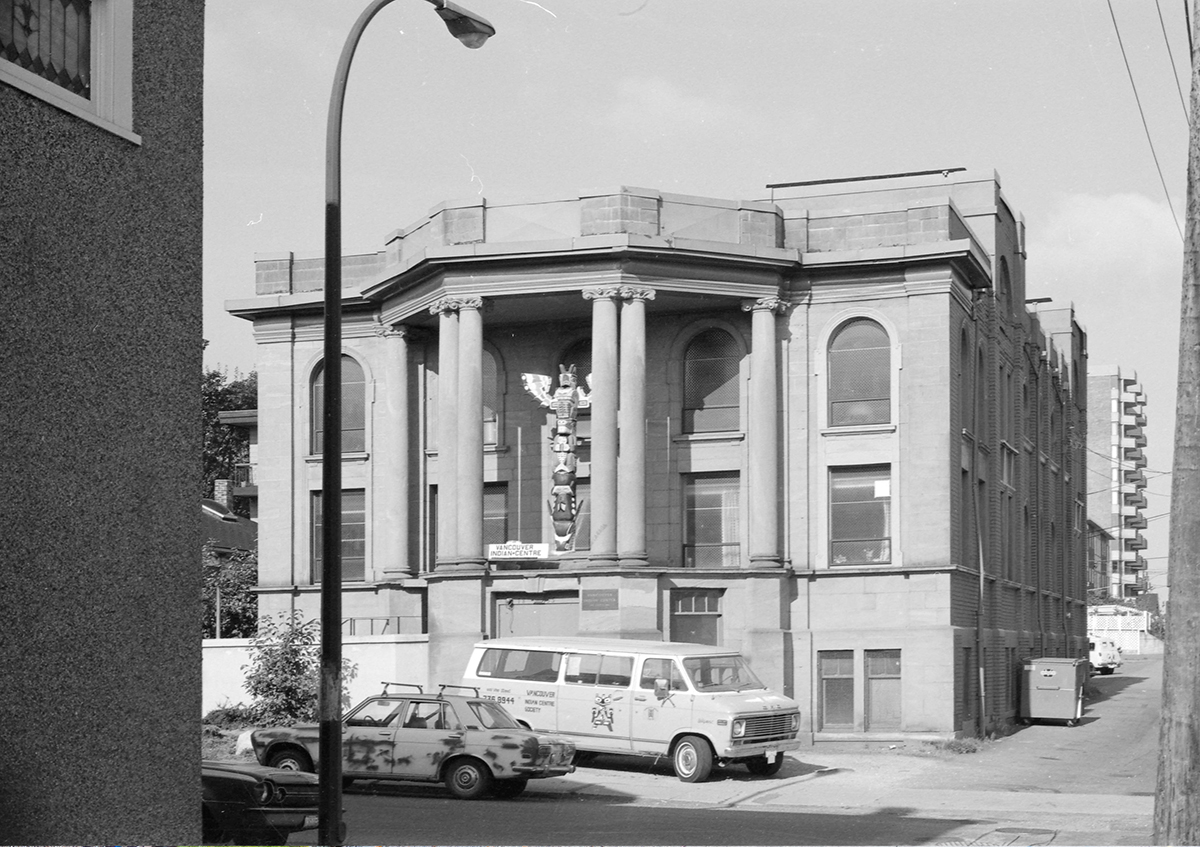
459 East Pender Street, 1900 and 2020.
Built just after the 1886 fire that leveled the city, this beautifully restored home is now the headquarters of a Chinese Benevolent Association. Notice the difference in street levels in the two pictures. The current house has a ground floor suite that used to be under ground. Here’s some information about the people in the original photo.
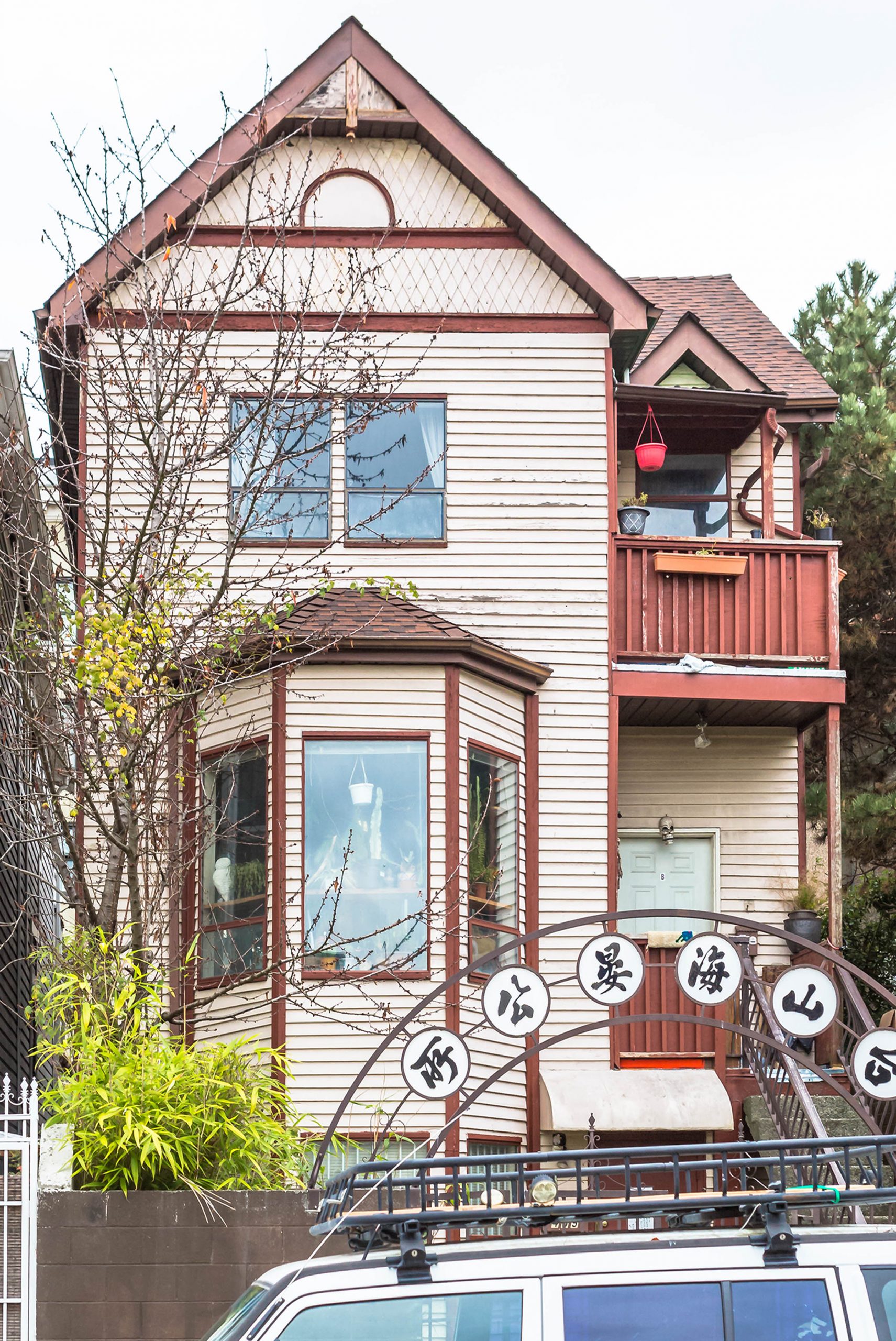
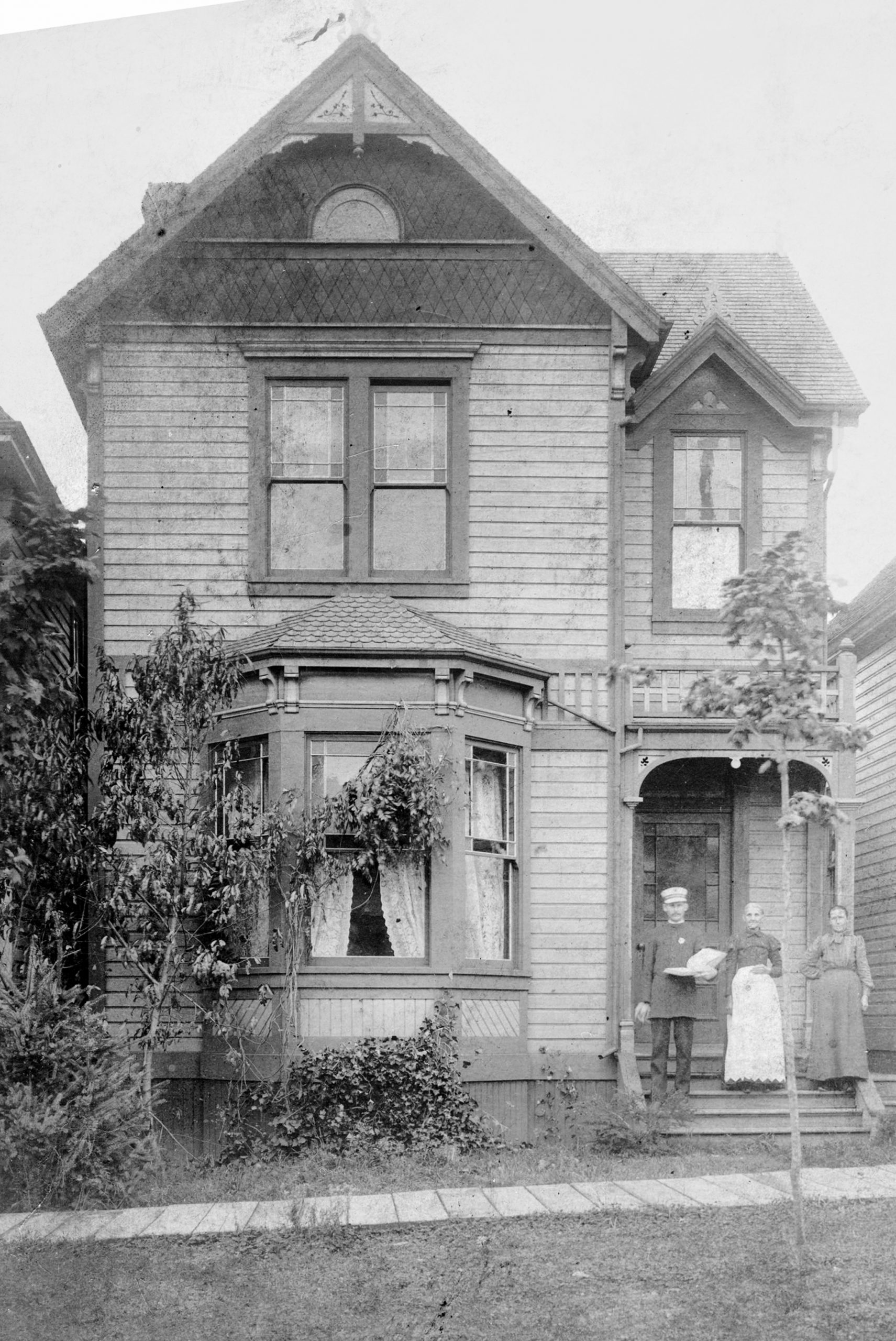
500 Alexander Street, 1972 and 2020.
Alexander Street was renowned for its brothels in the early 1900s, including this building which was originally built as a rooming house in 1912. Its history is well documented here. In 1918 it was listed as the Sailors Home (rooms around 2 bucks a week) until it closed in 1954. It later housed a business belonging to Al Hubbard, an eccentric entrepreneur who was known as the “Johnny Appleseed of LSD”. Immortalized by photographer Greg Girard in the 1970s, the dilapidated structure was acquired and renovated by the Atira Development Society.
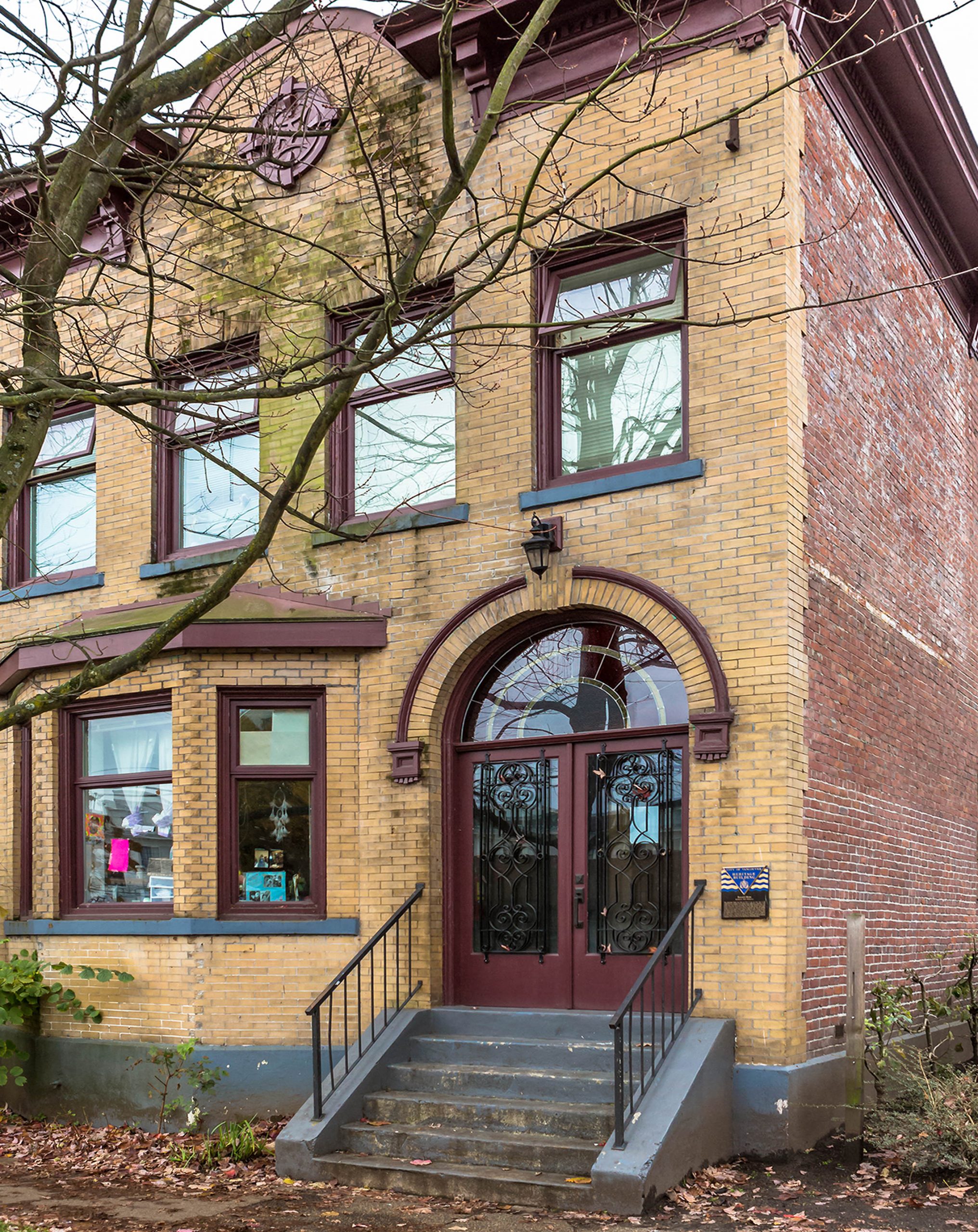

Astoria Hotel, 1923 and 2020.
The Toronto House Apartments were built in 1913 during Vancouver’s growth spurt of the early 1900s. You can read about the building’s numerous occupants here. In 1950 it became the Astoria Hotel, and is currently an SRO rental. the 1923 photo is by Stuart Thompson.


Added November 12, 2020.
OLD UBC Firehall, 1929 and 2020.
This campus landmark was originally built in 1926, and operated as a firehall until 1982. New rooms have been added, but you can still see the hose drying tower in the back. It is currently used by various Art Departments of UBC.

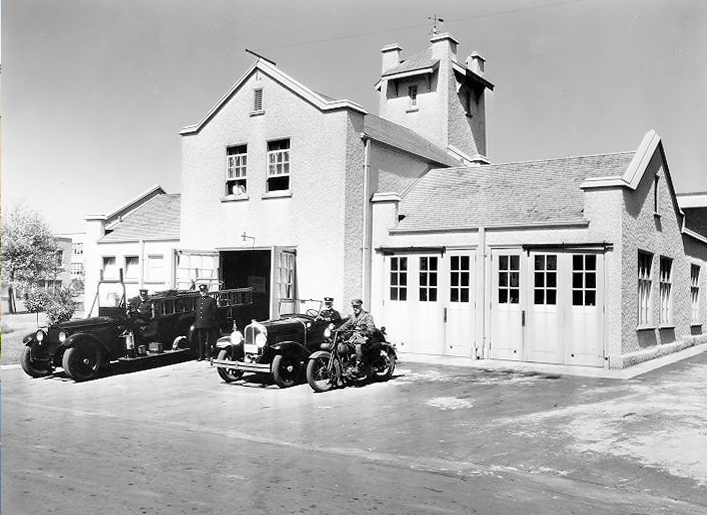
Added October 24, 2020.
Kits Beach, 1914 and 2020.
In 1914 Charlie Chaplin makes his first film, the Komagata Maru is turned away at Vancouver’s port, Archduke Franz Ferdinand is assassinated, and beachgoers enjoy a sunny day in Kitsilano.


Added October 20, 2020.
Crystal Dairy, 1946 and 2020.
This building was constructed in 1927, with Crystal Dairy as its first occupant. The company was taken over by Palm Dairy in the 1950s, but ice cream continued to be made here until the early 1960s. It currently houses a guitar shop in the heart of bustling Commercial Drive. Each of the original photos show different features of the architecture, so I decided to post both of them.
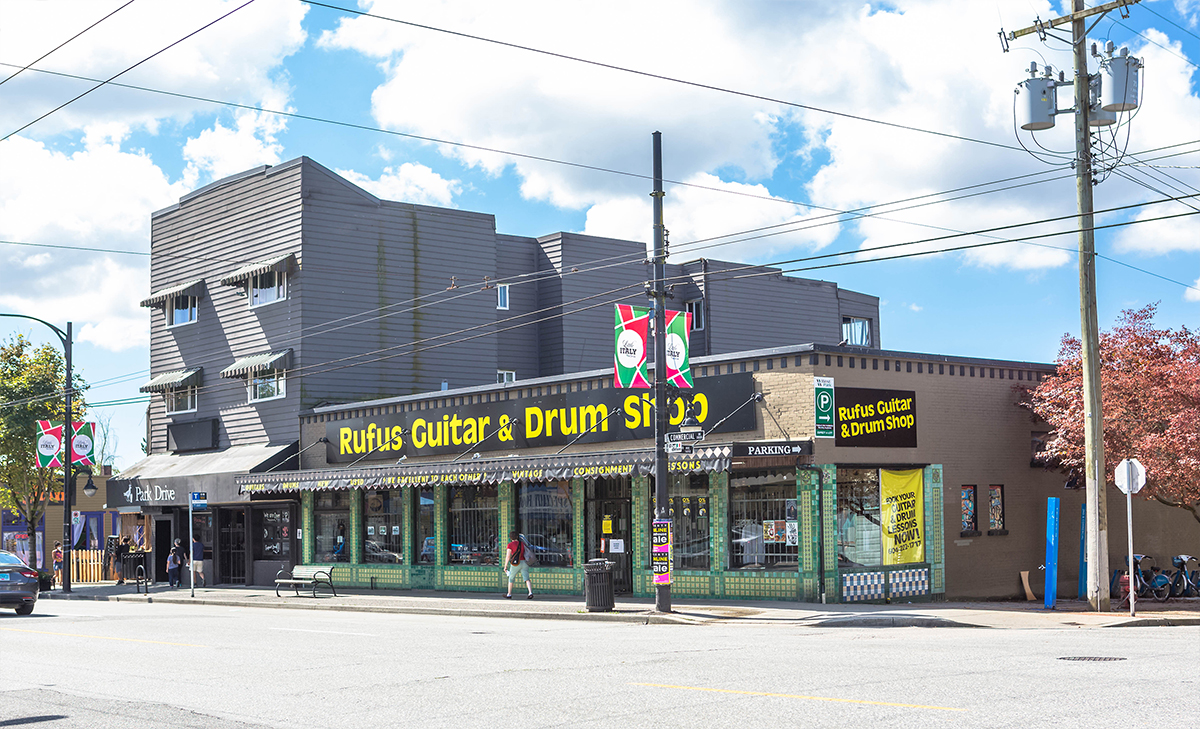
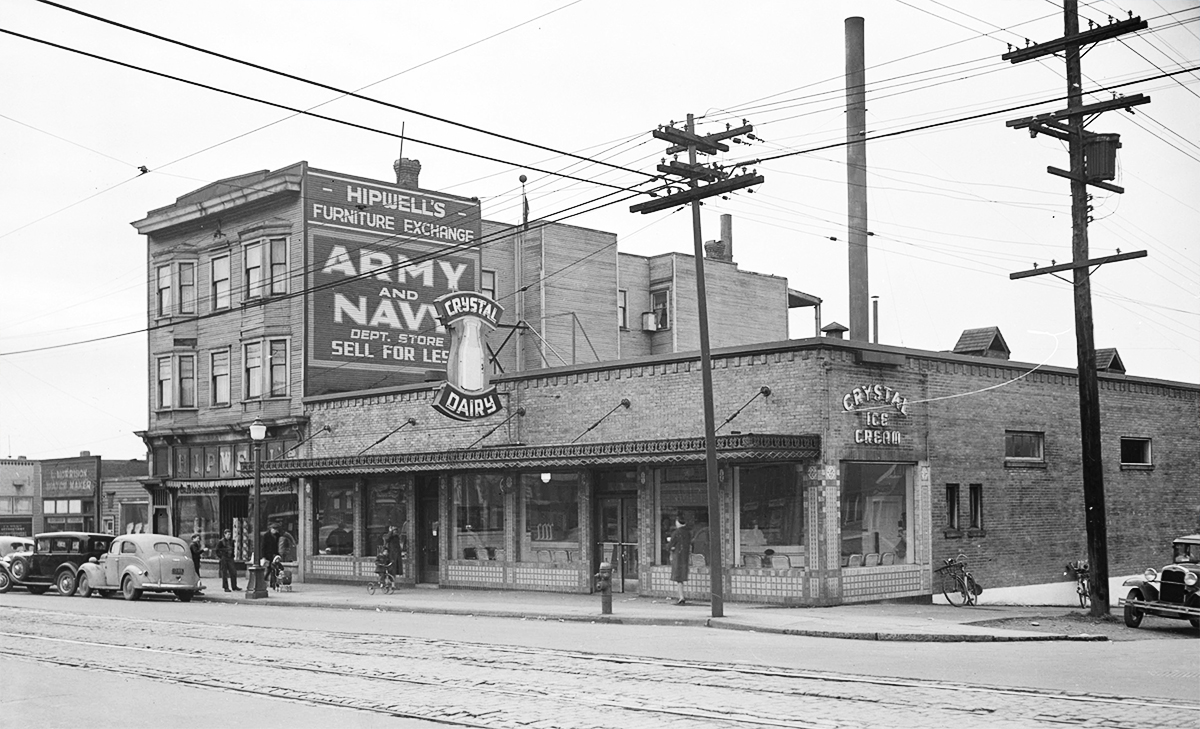
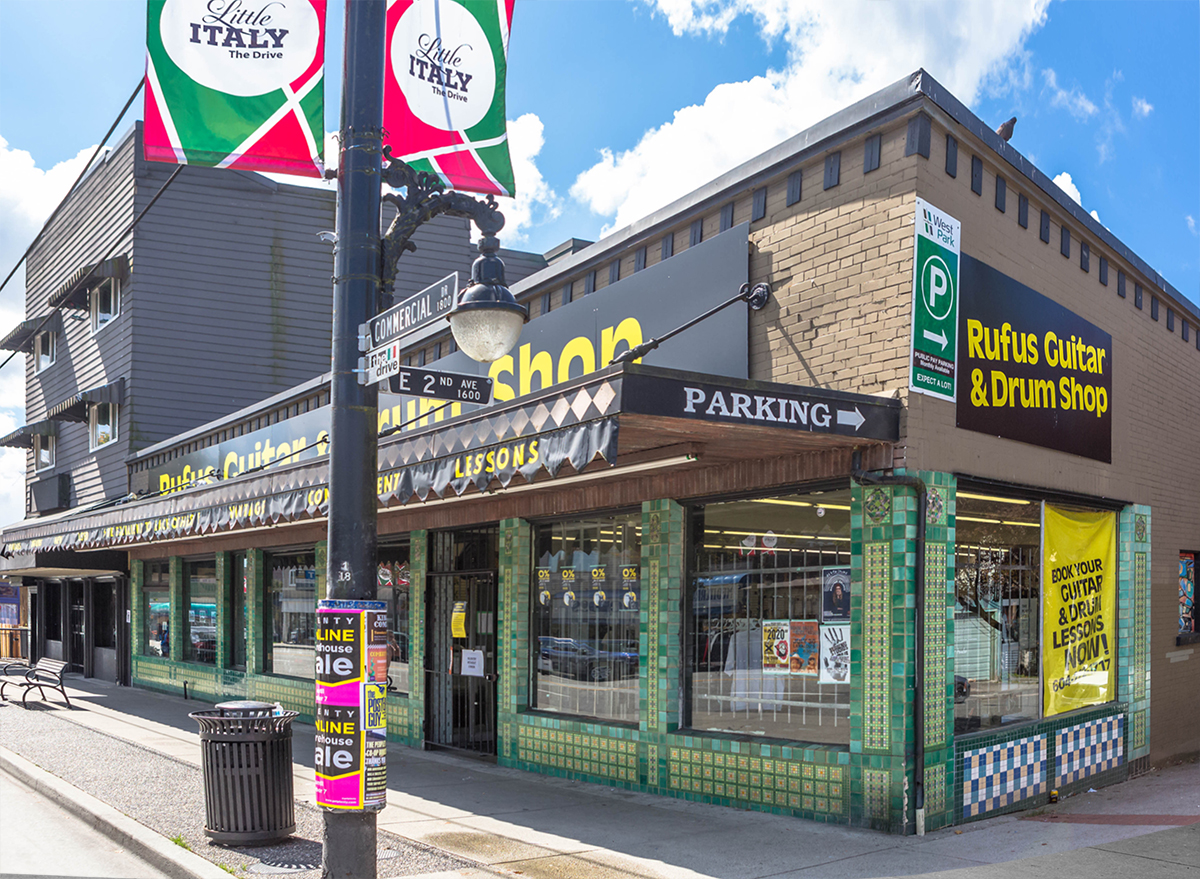
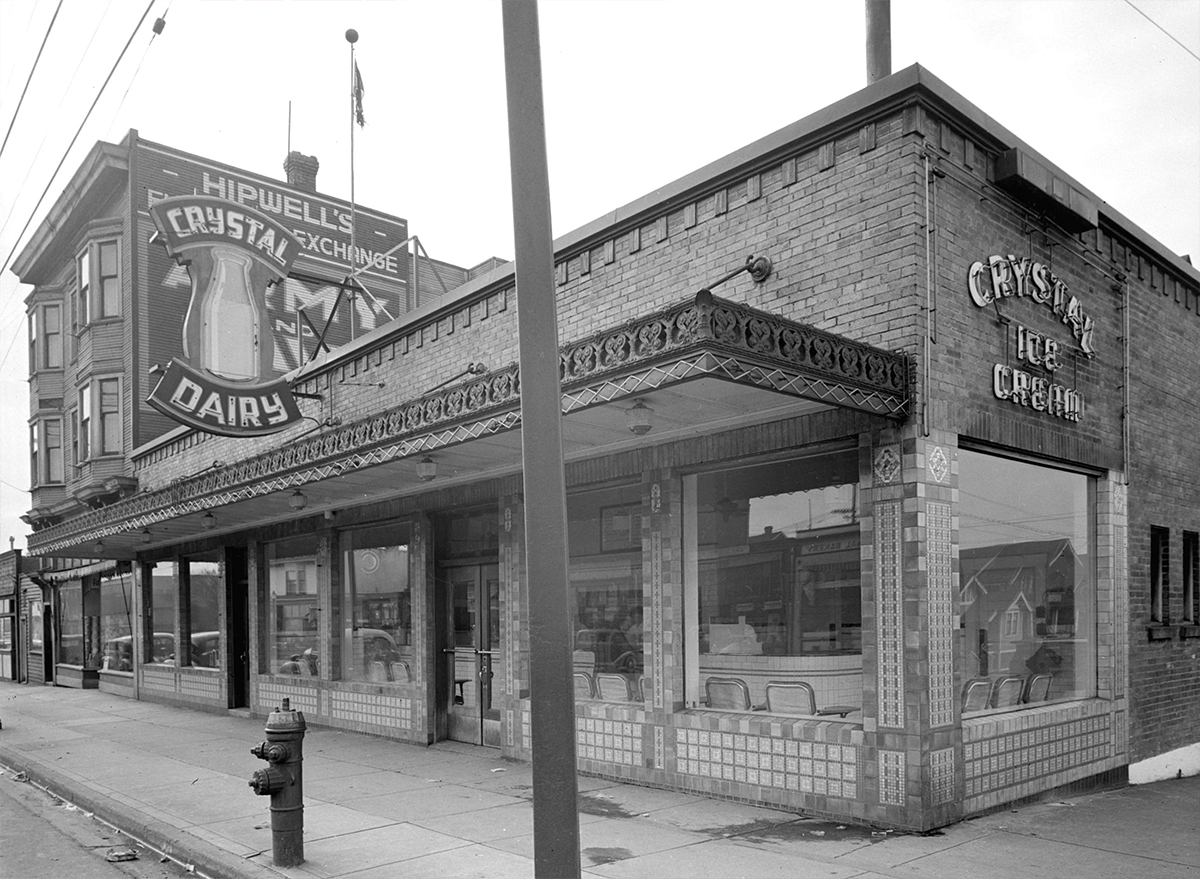
Added October 13, 2020
666 Kingsway, 1936 and 2020.
The only reason a photo was taken of these two nondescript buildings in 1936 was for a court case. Some would-be robbers rented the empty store at 662 Kingsway under the guise of growing mushrooms. They were caught digging a tunnel under the dry cleaner with the intention of robbing the Royal Bank next door.
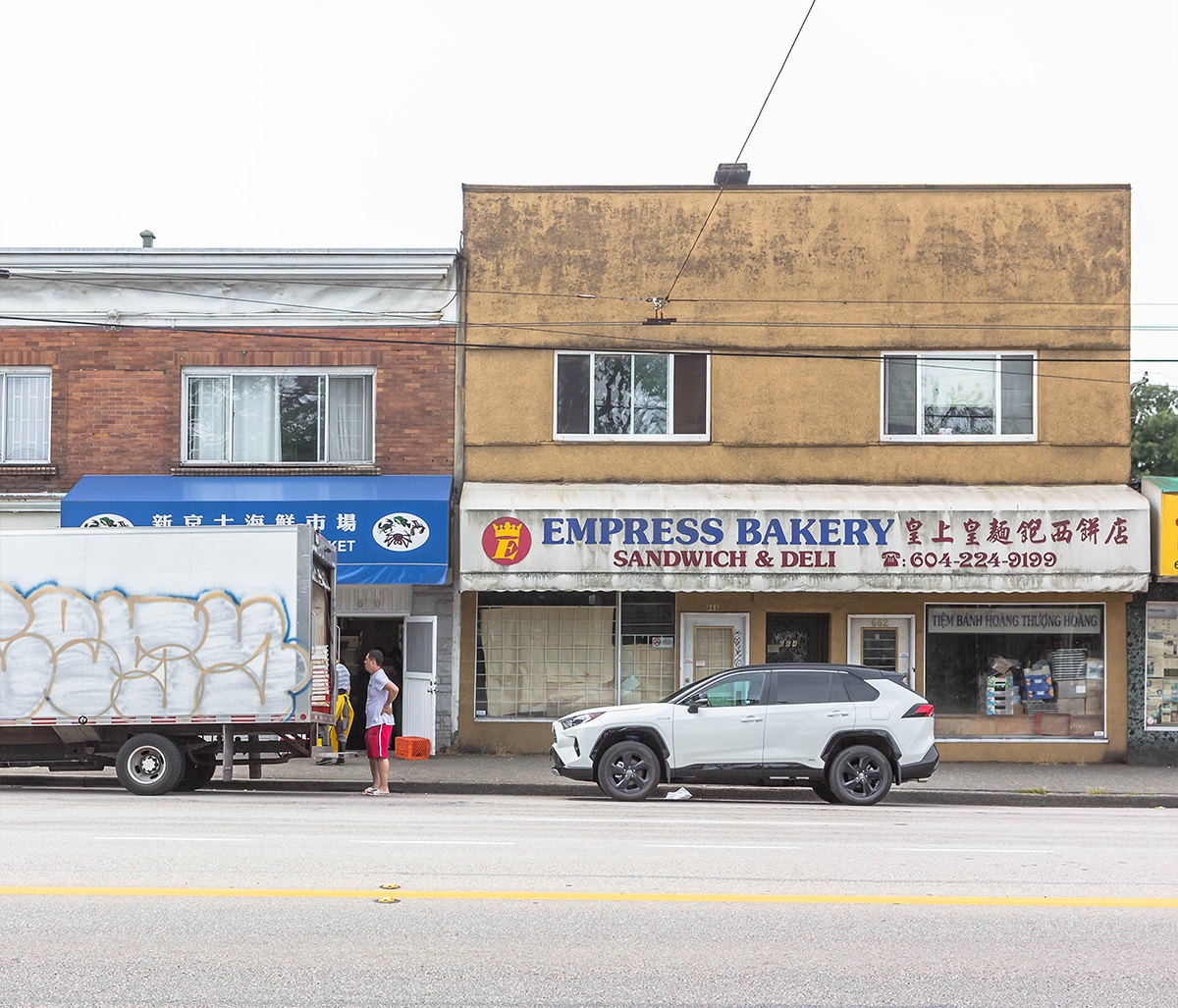
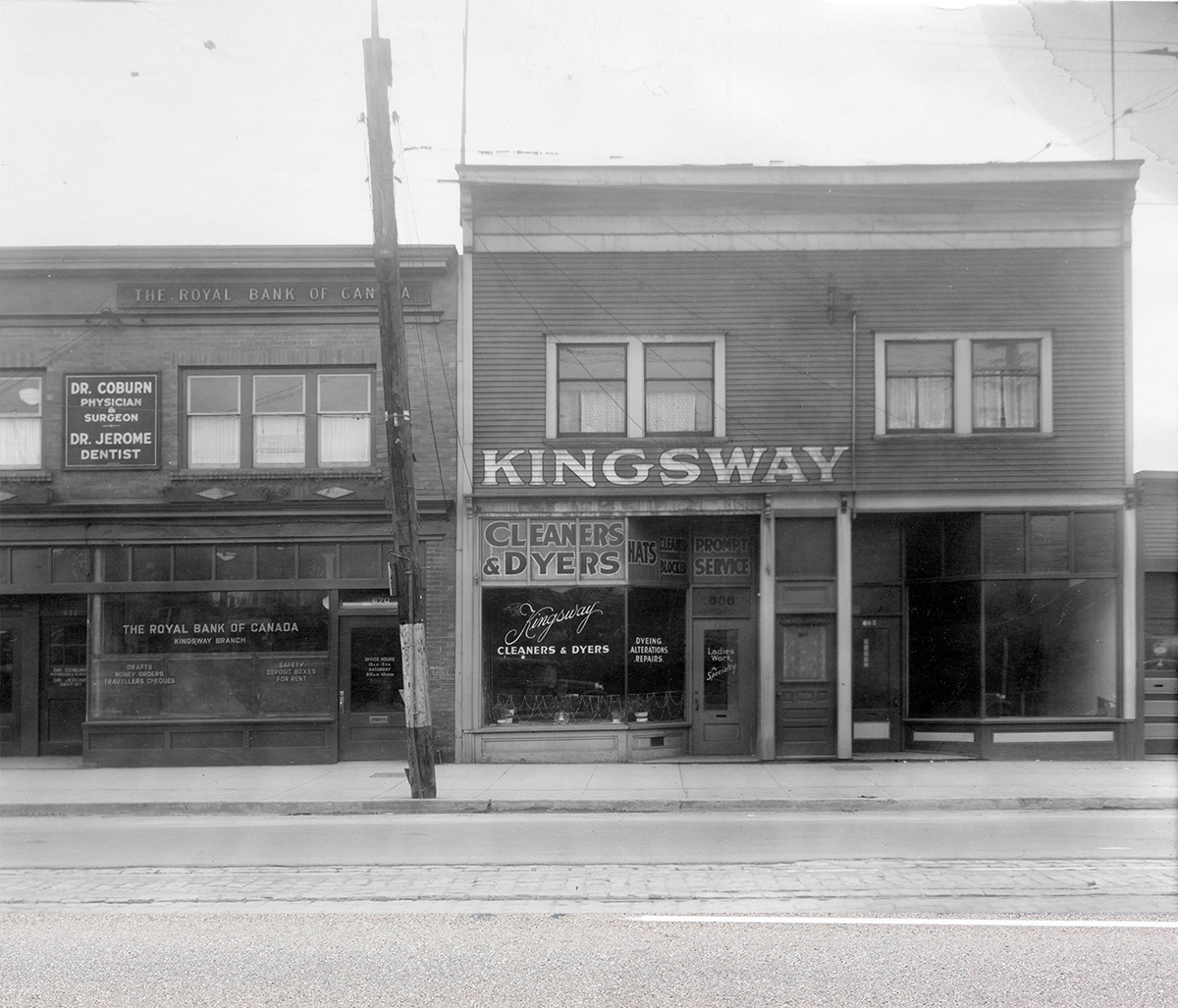
Odd Fellows Hall, 1931 and 2020.
This well-preserved 1904 building overlooking Victory Square has seen many tenants, including Wrigley Directories and the Odd Fellows shown here. Today it’s home to a high-end furniture store.
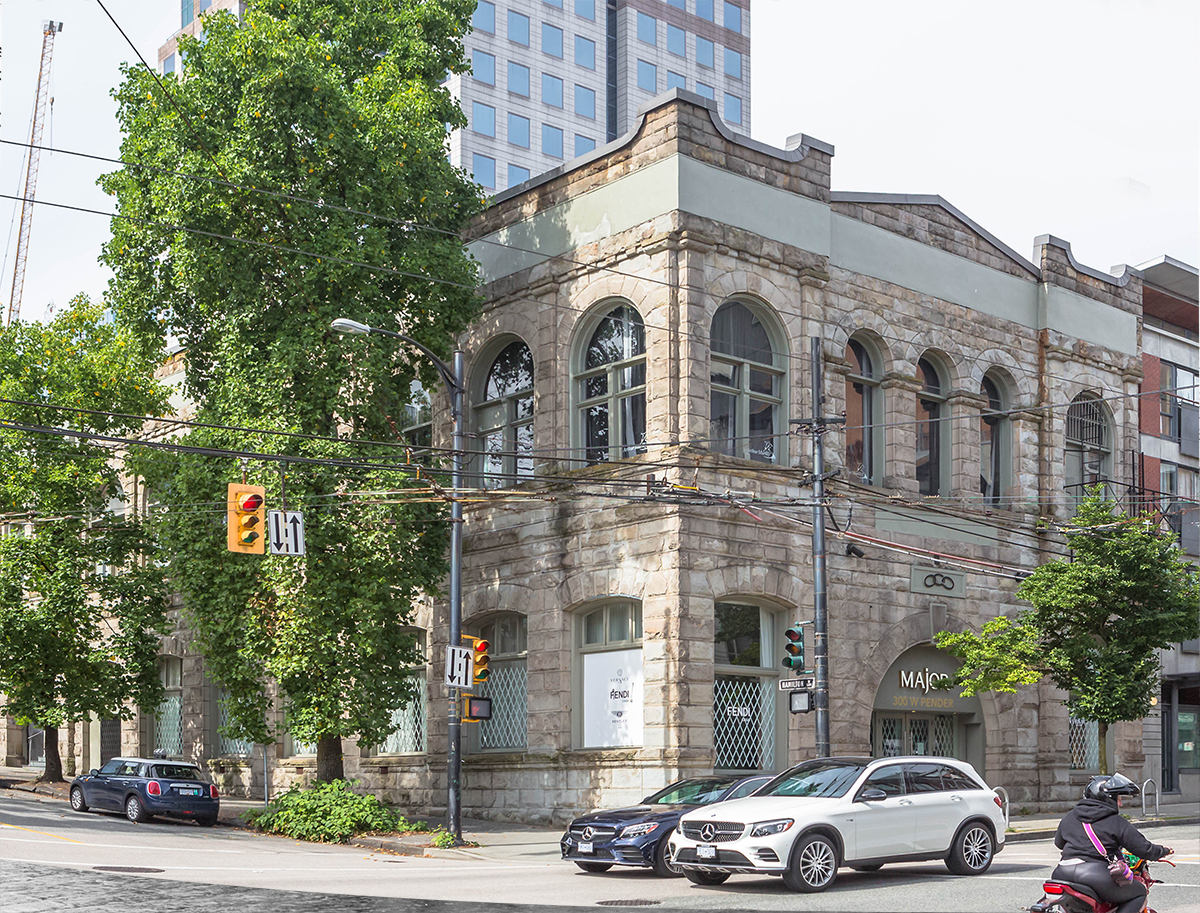
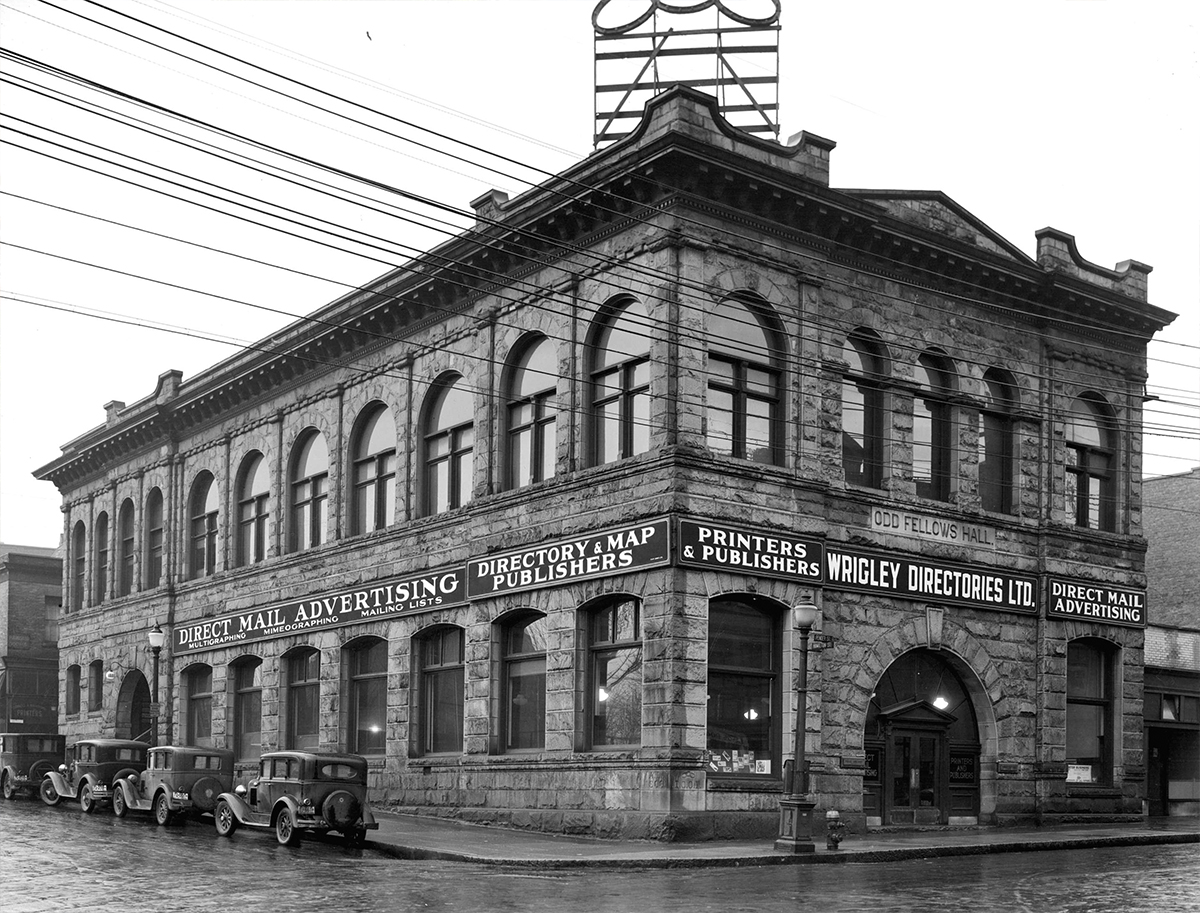
Chinese Benevolent Association, 1972 and 2020.
This 1909 building has both architectural and historical significance in the city. The CBA was instrumental in advocating for the rights of Chinese Canadians, who faced severe discrimination in the first half of the 20th century. The building itself set the tone for the Chinatown style of architecture, such as recessed balconies and inscribed parapets, many of which are still visible today.
